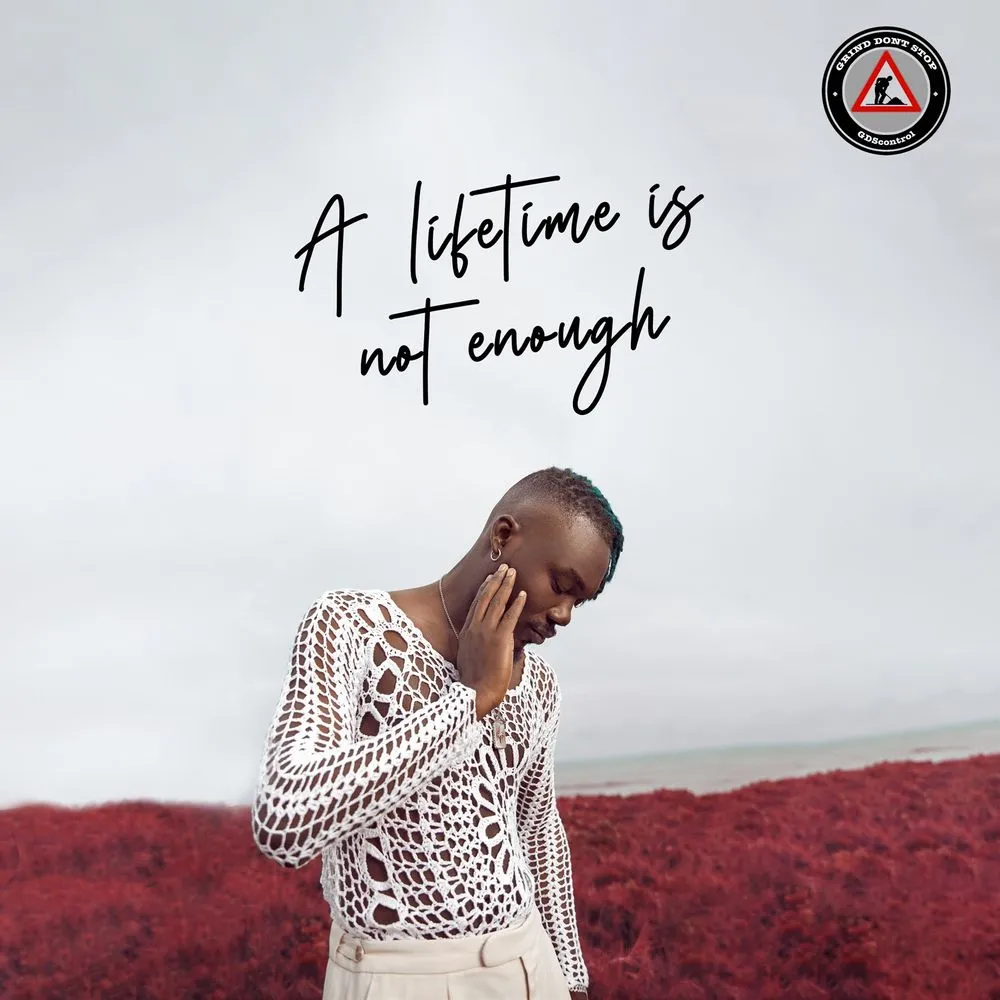 One of the most popular dance tracks of all time is Rednex’s 1995 hit, “Cotton Eye Joe.”
One of the most popular dance tracks of all time is Rednex’s 1995 hit, “Cotton Eye Joe.”
Rednex presents an intriguing case as a Swedish electronic band with a penchant for American folk music. They catapulted “Cotton Eye Joe” across the Atlantic in the winter of 1995, turning it into a resounding anthem at block parties, high school dances, and sports arenas throughout the United States for decades to follow.
Despite Rednex’s role in popularizing “Cotton Eye Joe” in the modern era, the song itself has roots dating back to the pre-Civil War days. It stands as a standard tune commonly performed by bluegrass and folk musicians.
Historically, the “Cotton Eye Joe” was frequently sung by slaves laboring on plantations in the American South. Consequently, the song has been passed down through various unwritten and written forms over the years, firmly establishing itself in the rich tapestry of American folk tradition.
The lyrics of “Cotton Eye Joe” boast numerous variations, with the first officially published version emerging in 1882 by Harper and Brothers. These same lyrics later surfaced in a 1910 book by Louise Clark Pyrnelle, titled “Diddie, Dumps, and Tot,” providing insight into plantation life in the South.
Meaning of Rednex’s “Cotton Eye Joe”
So what does “Cotton-Eyed Joe” mean? “Cotton-Eyed Joe”, or “Cotton Eye Joe“, is a traditional folk song from America. Despite the advancement in technology, the song’s origins remain unclear. However, historians agree that the song itself predates the American Civil War. This is because of first-hand witnesses who recorded its existence before the war even began.
American folklorist Dorothy Scarborough published a novel named On the Trail of Negro Folk-songs. Her novel records accounts of her sister, George Scarborough, learning about the song from Texas plantation slaves and a man in Louisiana. The man from Louisiana even tells George that he had grown up listening to the song.
Author Louise Clark Pyrnelle also describes hearing the song during her younger years growing up at an Alabama plantation. All of her childhood experiences and relationships with her father’s slaves can be found in her book Diddle, Dumps, and Tot. It is important to note that Pyrnelle has stated that she does not defend slavery. However, her novel does give a firsthand experience of master-slave relationships.
The song remained popular during the early 20th century in North America. So much so that by the 1950s, the discography listed 134 recorded versions of the song. However, its popularity has dwindled following the second half up to the 21st century. The song remains incredibly popular only in the Southern States. As a result, it is sometimes called “The South Texas National Anthem.”
The song itself describes a lovelorn narrator who sings about almost being married if Cotton-Eyed Joe had not taken his lover to Tennessee. However, there are many variations to the song with some artists choosing to take the lyrics out themselves.




















